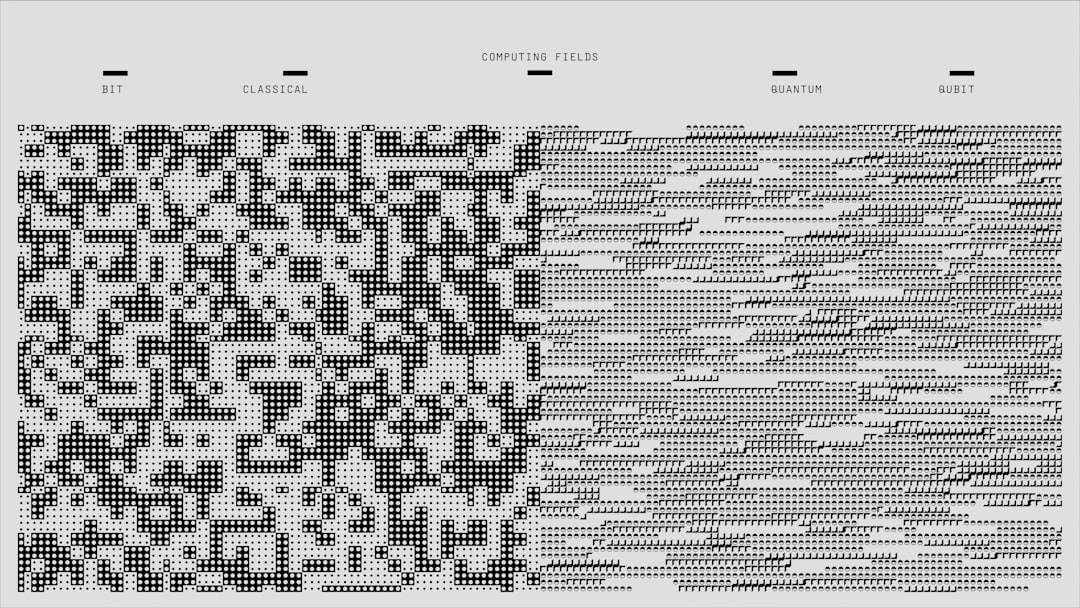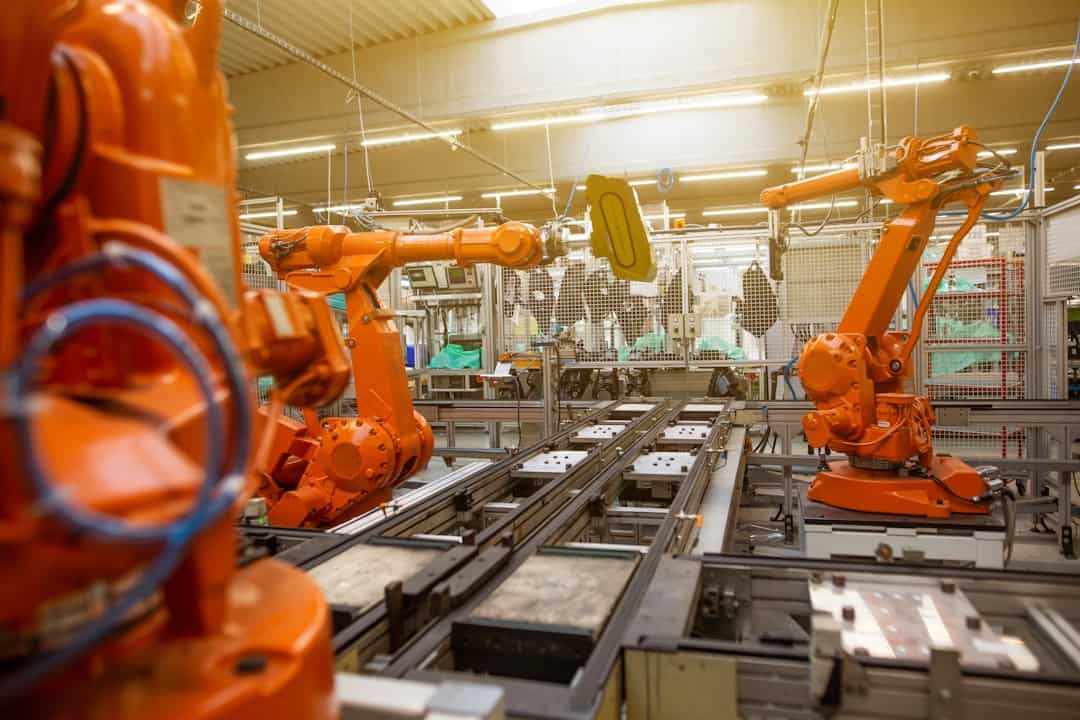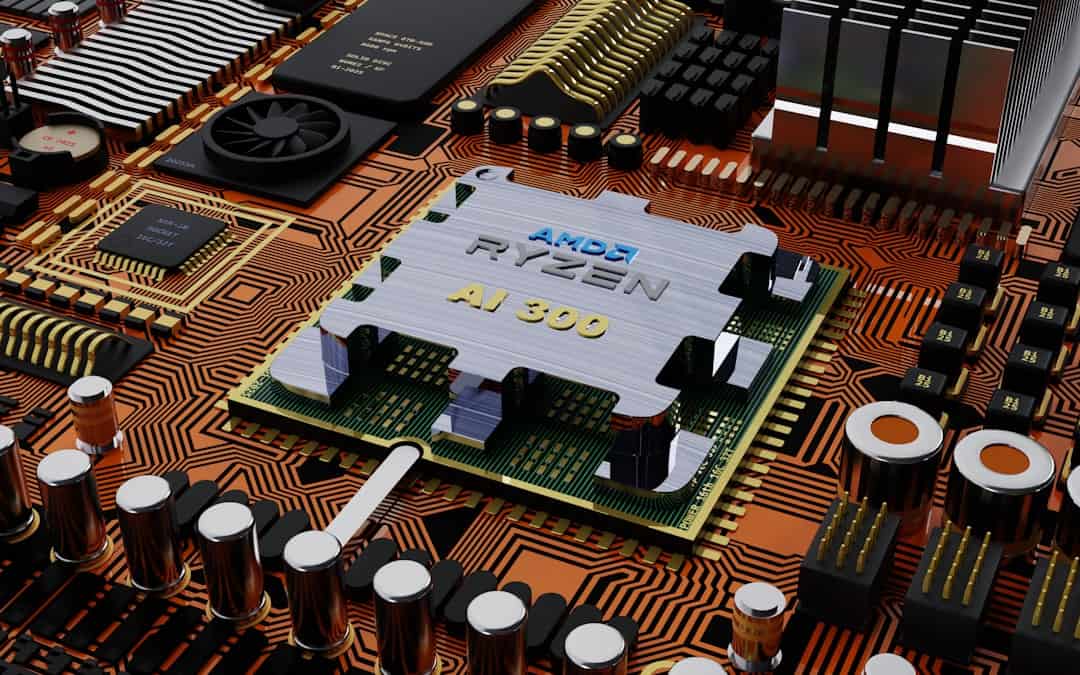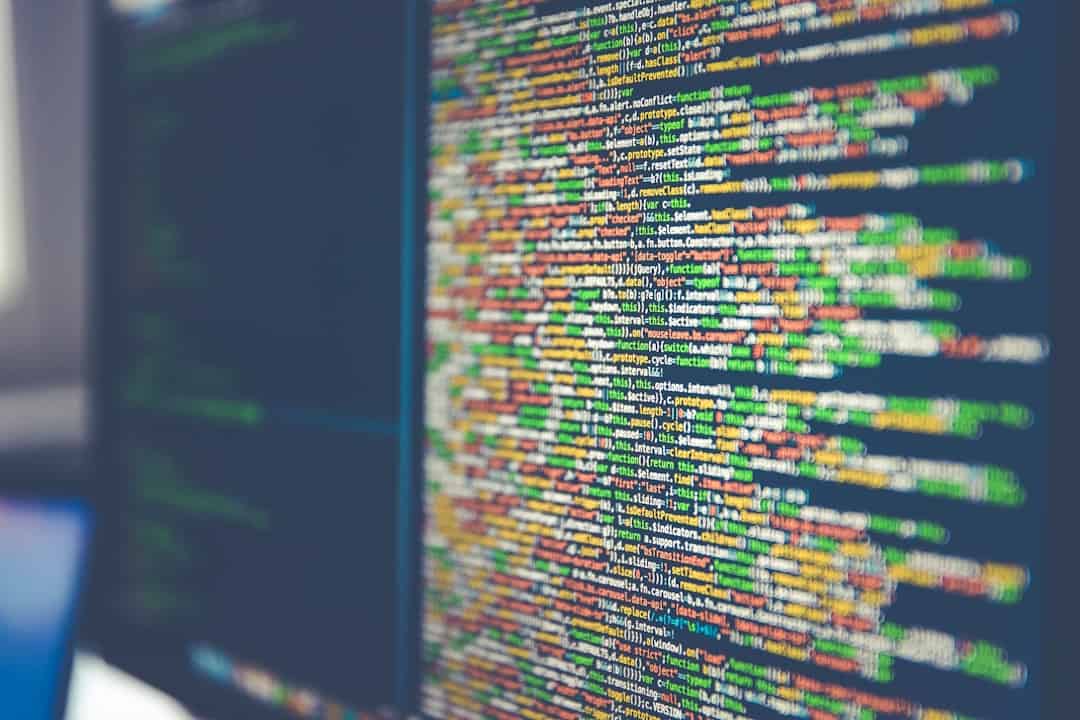Deep learning is a specialized branch of machine learning that employs artificial neural networks to facilitate machine learning from data. This field has garnered considerable attention in recent years due to its capacity to address complex challenges across various domains, including image and speech recognition, natural language processing, and autonomous vehicle technology. PyTorch, an open-source machine learning library developed by Facebook’s AI Research lab, is based on the Torch library.
It has gained widespread adoption for Deep Learning applications, owing to its flexibility, user-friendly interface, and dynamic computation graph, which enables efficient model training and deployment. PyTorch offers a comprehensive suite of tools and libraries for constructing and training deep learning models. Its dynamic computation graph facilitates straightforward debugging and model optimization, making it a preferred choice among researchers and practitioners in the field of artificial intelligence.
Supported by a robust community and ongoing development efforts, PyTorch has established itself as a leading framework for developing state-of-the-art deep learning models.
Key Takeaways
- Deep learning is a subset of machine learning that uses neural networks to simulate human decision-making.
- PyTorch is a popular open-source machine learning library for Python that provides a flexible and dynamic computational graph.
- Neural networks are a key component of deep learning, and PyTorch provides a user-friendly interface for building and training them.
- PyTorch allows for the implementation of various deep learning models, including convolutional neural networks (CNNs) and recurrent neural networks (RNNs).
- Training and testing deep learning models using PyTorch involves defining a loss function, optimizing the model parameters, and evaluating the model’s performance on a test dataset.
Understanding Neural Networks and PyTorch’s Role in AI
Neural networks are a fundamental component of deep learning, inspired by the structure and function of the human brain. They consist of interconnected nodes, or neurons, organized in layers. Each neuron applies a transformation to its input and passes the result to the next layer.
PyTorch provides a powerful set of tools for building and training neural networks, including modules for defining layers, loss functions, and optimization algorithms. PyTorch’s role in AI is significant as it provides a flexible and intuitive platform for implementing neural networks. Its dynamic computation graph allows for easy experimentation with different network architectures and hyperparameters, making it ideal for research and development in the field of deep learning.
Additionally, PyTorch’s seamless integration with hardware accelerators such as GPUs enables efficient training of large-scale neural networks, further solidifying its position as a leading framework for AI applications.
Implementing Deep Learning Models with PyTorch

Implementing deep learning models with PyTorch involves defining the network architecture, specifying the loss function, and selecting an optimization algorithm. PyTorch provides a wide range of pre-defined layers and activation functions that can be easily combined to create complex neural network architectures. Additionally, it offers tools for data preprocessing and augmentation, enabling the development of robust models that can generalize well to unseen data.
One of the key advantages of using PyTorch for implementing deep learning models is its dynamic computation graph, which allows for easy debugging and model optimization. This feature enables researchers and practitioners to experiment with different network architectures and hyperparameters, leading to more efficient model development. Furthermore, PyTorch’s seamless integration with popular libraries such as NumPy and SciPy makes it easy to work with large datasets and perform complex computations, further enhancing its capabilities for implementing deep learning models.
Training and Testing Deep Learning Models using PyTorch
| Metrics | Training | Testing |
|---|---|---|
| Accuracy | 0.85 | 0.82 |
| Loss | 0.35 | 0.40 |
| Precision | 0.88 | 0.84 |
| Recall | 0.82 | 0.79 |
Training and testing deep learning models using PyTorch involves defining the training loop, specifying the optimization algorithm, and evaluating the model’s performance on test data. PyTorch provides a set of tools for efficiently training neural networks, including pre-defined optimization algorithms such as stochastic gradient descent (SGD) and adaptive learning rate methods like Adam. Additionally, it offers modules for computing loss functions and evaluating model performance metrics, making it easy to monitor the training process and make informed decisions about model optimization.
PyTorch’s dynamic computation graph allows for seamless integration of custom loss functions and evaluation metrics, enabling researchers and practitioners to tailor the training process to their specific needs. This flexibility is particularly valuable when working with novel network architectures or specialized datasets, as it allows for easy experimentation with different training strategies. Furthermore, PyTorch’s support for distributed training across multiple GPUs or even multiple machines makes it a powerful tool for training large-scale deep learning models efficiently.
Advanced Techniques in Deep Learning with PyTorch
PyTorch provides a rich set of tools for implementing advanced techniques in deep learning, including recurrent neural networks (RNNs), convolutional neural networks (CNNs), and generative adversarial networks (GANs). These techniques are widely used in applications such as natural language processing, computer vision, and generative modeling. PyTorch’s flexible architecture and dynamic computation graph make it well-suited for implementing these advanced techniques, enabling researchers and practitioners to push the boundaries of what is possible in deep learning.
In addition to traditional deep learning techniques, PyTorch also supports cutting-edge approaches such as transfer learning, reinforcement learning, and meta-learning. These techniques have shown great promise in solving complex real-world problems, and PyTorch’s support for them further solidifies its position as a leading framework for advanced deep learning applications. With its active community and ongoing development efforts, PyTorch continues to evolve to support the latest advancements in deep learning, making it an ideal choice for researchers and practitioners looking to leverage state-of-the-art techniques in their AI applications.
Optimizing Deep Learning Models with PyTorch for AI Applications

Optimizing deep learning models with PyTorch involves fine-tuning network architectures, selecting appropriate hyperparameters, and leveraging hardware accelerators for efficient model training. PyTorch provides a set of tools for model optimization, including modules for automatic differentiation, hyperparameter tuning, and distributed training across multiple GPUs or machines. Its seamless integration with hardware accelerators such as GPUs enables efficient training of large-scale models, making it well-suited for AI applications that require high computational performance.
In addition to hardware acceleration, PyTorch also supports model optimization techniques such as pruning, quantization, and knowledge distillation. These techniques enable researchers and practitioners to develop efficient models that can be deployed on resource-constrained devices such as mobile phones or edge devices. Furthermore, PyTorch’s support for model deployment on cloud platforms such as AWS or Azure makes it easy to transition from model development to production deployment, further enhancing its capabilities for AI applications.
Future Trends and Developments in Deep Learning with PyTorch
The future of deep learning with PyTorch is promising, with ongoing developments in areas such as self-supervised learning, unsupervised learning, and multi-modal learning. These advancements have the potential to significantly expand the capabilities of deep learning models, enabling them to learn from unlabeled data or leverage multiple modalities such as text, images, and audio. PyTorch’s flexible architecture and dynamic computation graph make it well-suited for implementing these future trends in deep learning, positioning it as a leading framework for cutting-edge AI applications.
Furthermore, ongoing efforts in areas such as interpretability, fairness, and robustness are shaping the future of deep learning with PyTorch. These developments aim to make deep learning models more transparent, accountable, and reliable, addressing important ethical considerations in AI applications. With its active community and ongoing development efforts, PyTorch is well-positioned to support these future trends in deep learning, making it an ideal choice for researchers and practitioners looking to stay at the forefront of AI innovation.
If you’re interested in exploring the ethical considerations of virtual reality and the metaverse, you may want to check out the article “Challenges and Opportunities in the Metaverse: Ethical Considerations” on Metaversum. This article delves into the potential ethical dilemmas that may arise as virtual reality and the metaverse continue to evolve, touching on topics such as privacy, data security, and digital identity. It’s a thought-provoking read that offers valuable insights for anyone interested in the intersection of technology and ethics. (source)
FAQs
What is deep learning?
Deep learning is a subset of machine learning that uses neural networks with multiple layers to learn from data. It is used to solve complex problems such as image and speech recognition, natural language processing, and more.
What is PyTorch?
PyTorch is an open-source machine learning library for Python, developed by Facebook’s AI Research lab. It provides a flexible and dynamic computational graph, making it suitable for deep learning tasks.
What are the advantages of using PyTorch for deep learning?
PyTorch offers a range of advantages for deep learning, including a dynamic computation graph, easy debugging, seamless integration with Python, and strong community support. It also provides a smooth transition from research to production.
How can I get started with deep learning using PyTorch?
To get started with deep learning using PyTorch, you can begin by installing the library and exploring the official documentation and tutorials provided by the PyTorch community. There are also many online resources and courses available for learning PyTorch.
What are some common applications of deep learning with PyTorch?
Some common applications of deep learning with PyTorch include image and speech recognition, natural language processing, recommendation systems, and autonomous driving. PyTorch is also widely used in research and academia for various deep learning tasks.











Leave a Reply